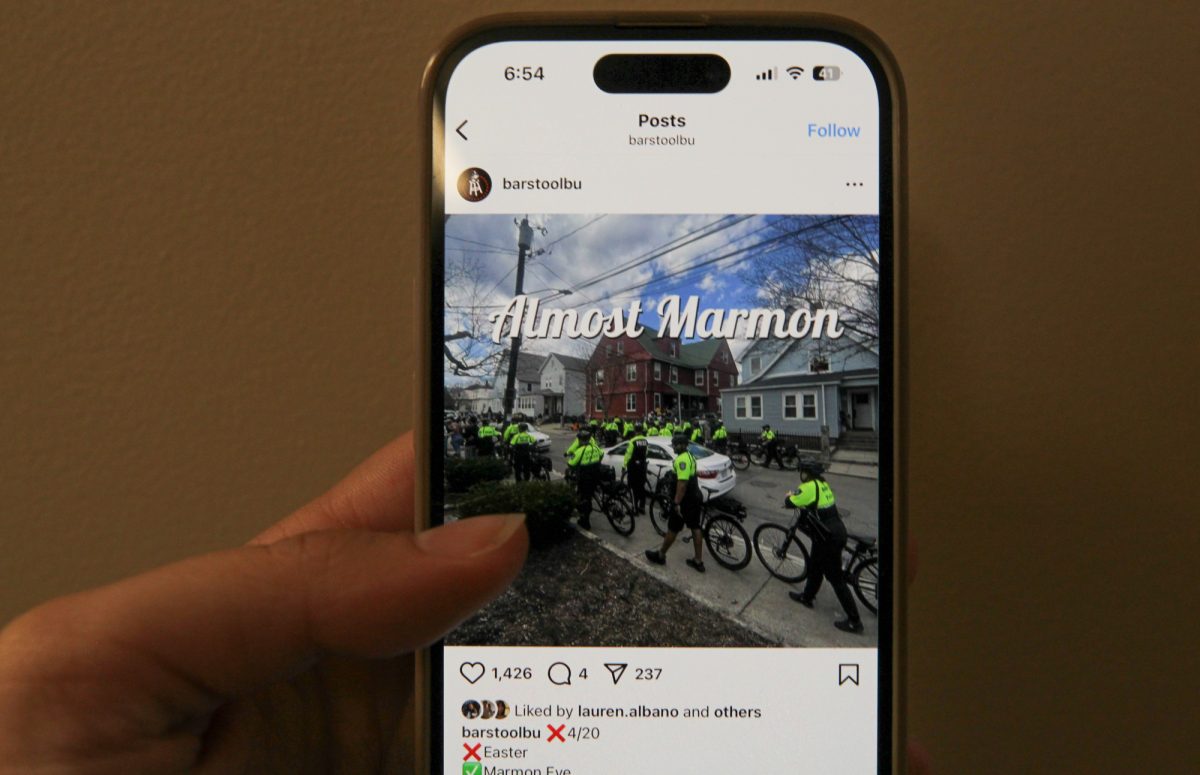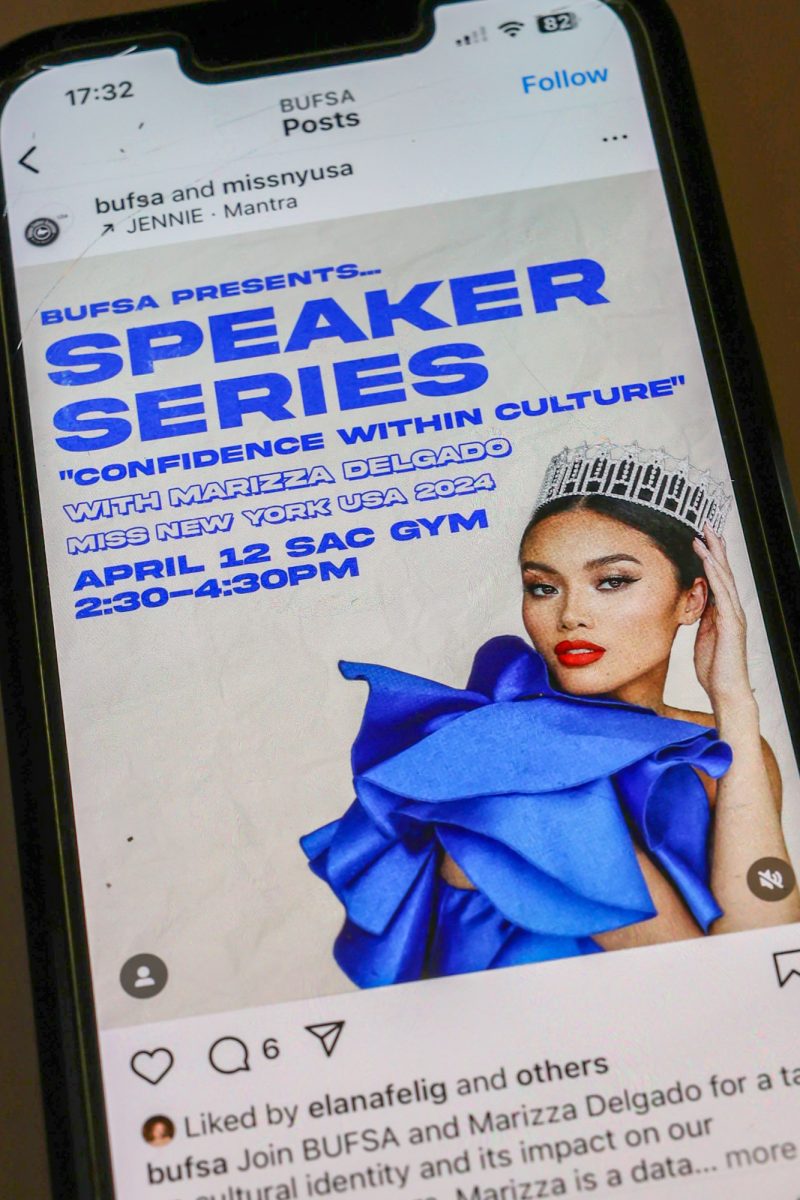Call them “anatomy” books. Literally. Bound in human skin, these centuries old books have found themselves in the hands of the nation’s most renowned collections including some right here in Boston.
Nearby libraries at Harvard University, Brown University and the Boston Athenaeum have copies of these rare books.
The Daily Free Press was allowed to view one of these rare books at the Harvard Law School’s library, which keeps the book in its Rare Foreign Treaties room. The book, entitled Practicarum quaestionum circa leges regias Hispaniae, was published in 1605 and 1606 and belonged to Jonas Wright, who then had it bound in his skin when he died in 1632.
A manuscript note at the end of the book warns the reader, in Latin, that the binding is made of the owner’s skin. Stored in a protective box in a separate room, the 400-year-old book takes on the yellowing appearance of any old book.
Except, when examined closely, tiny holes – pores – are visible. Wright’s skin-turned-book-cover is papery and soft to the touch, not including the spots flaking from age and exposure.
Allison Bundy, an assistant to curator Samuel Strait at the Brown library, said there is no noticeable difference between these books and any other in a library.
“They’re embossed like leather and one would think they just look like fancy books. Only a practiced eye could tell that they weren’t leather from a cow or pig; I don’t know if that’s a good or a bad thing,” Bundy said. “We don’t just tell people what they are; [the idea] tends to get fetish-ized.”
Bundy said that the three skin-bound books in the Brown library were acquired in the 1960s, donated by alumni.
“We have two copies of The Dance of Death,which is a morality play, one of them is embossed and decorated,” she said. “The other is a classic anatomy text that changed the way people viewed anatomy. It’s called De Humani Corporus Fabrica by Andreas Vesalius.”
According to Bundy, Vesalius’s book was published in 1568, but the skin probably dates closer to the late 1800s.
“A piece of folklore surrounding o The Dance of Death was that a French book binder used the skin of a woman whose shoulders he greatly admired. After she died, she left her skin for him to use,” Bundy said.
Head of Reader Services and Curator of Manuscripts Stephan Nonack said the skin-bound book at the Boston Athenaeum tells a grotesque tale of an inmate named James Allen.
“We have a single copy called The Narrative of James Allen. It was published in 1837 in Boston. It’s unique because its binding is the skin of the author,” Nonack said.
Nonack wrote that Allen was a highwayman sent to a Massachusetts prison after trying to rob John Fennow near the Chealsea Bridge.
On his deathbed, Allen told the prison warden to bind two copies of his personal narrative in his skin and give one copy to his physician and the other to Fennow as a token of his bravery on the day Allen tried to rob him.
In order to remove the skin, Allen’s body had to be dissected.
“After he died, his body was taken to Mass General [Hospital] and the skin was removed from his back. It was then treated at the tannery to resemble deer skin,” Nonack said.
Fennow’s daughter later donated the book the Athenaeum.
“It’s interesting because it is a memoir of a member of the underclass. There was very little documentation of people of color, immigrants, women and the poor. It’s a historical document,” Nonack said.
“The book and its binding exposes a dark side of early 19th century culture,” Nonack said, adding that body snatching was a common practice at the time.
“People would follow funeral processions and then dig up the bodies,” he said.
“Because of a huge outcry, Massachusetts General Court imposed a law in the 1820’s that required proper disposal of bodies. But if a person died as a ward of the state, their bodies could be used for research in medical schools, or occasionally for book binding,” Nonack continued.
Similarly, Nonack says that the book looks no different from others at the library.
“Since it’s treated to look like deer skin, it’s gray; you would never know what it is – until you open the cover and see a label that says ‘This book is by so-and-so and is bound in his own skin,'” he said.
But in more recent history, the idea of human-skin bookbinding has other connotations.
“What most people think of when they hear about this is Nazi concentration camps during World War II, where prisoners’ skin was used for all sorts of things, like lamp shades,” said Sean Philpotta, managing editor of American Journal of Bioethics.
But as for the human skin bookbinding practice continuing in the 21st century, Philpotta said that it is not only ludicrous but also illegal.
“Now, it is not an acceptable practice. There are strict rules for organ donation,” he said. “You can make the decision to donate, but skin and tissue goes to [separate] banks to be harvested and sold for medical practices.”
Although demands of a person wanting his or her skin to be used for bookbinding exist today, such a request would likely be denied, Philpotta explained.




















































































































